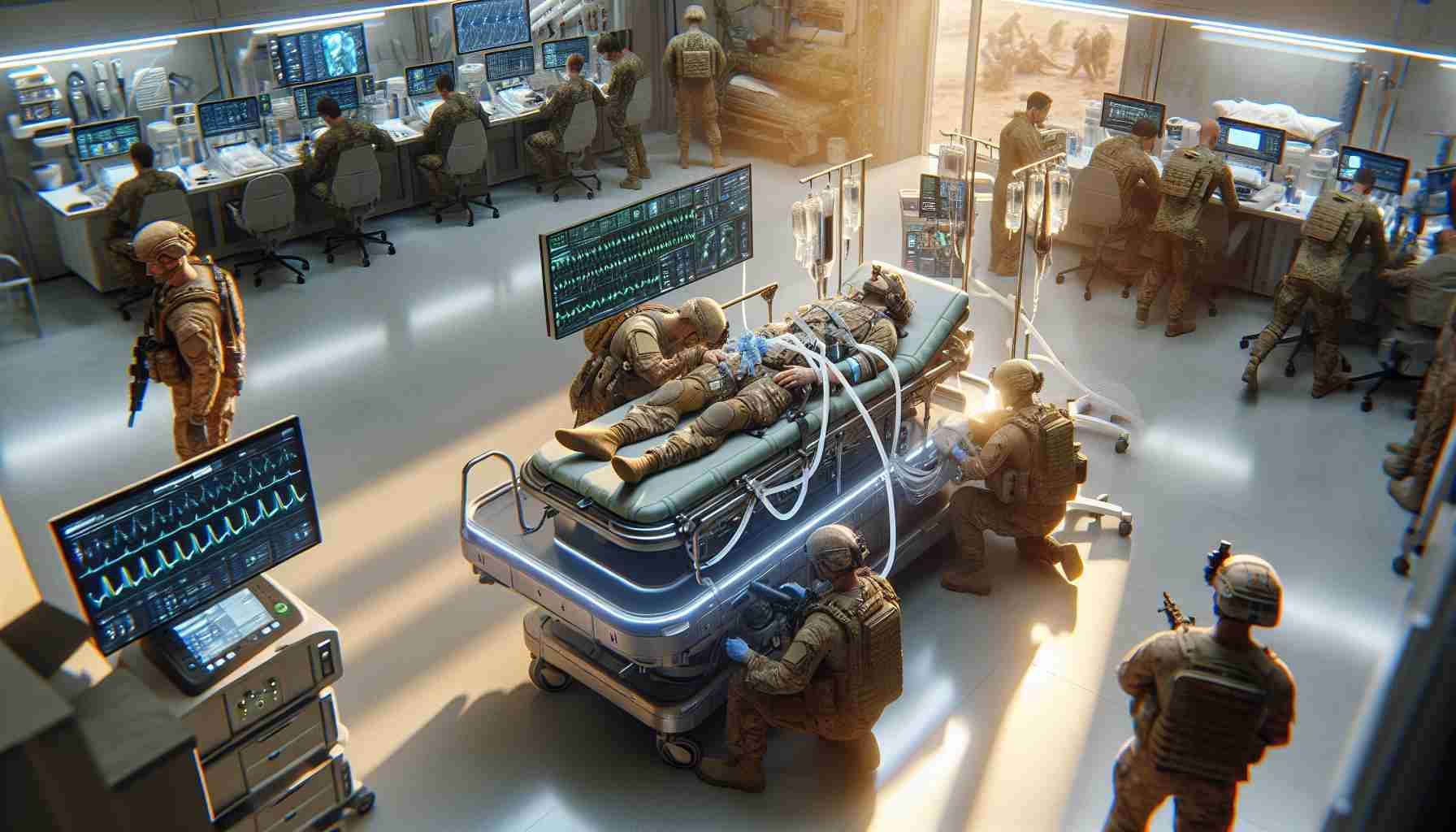The Association of the United States Army recently spotlighted innovations in military health care at their annual meeting in Washington, D.C. On October 15, 2024, a distinguished panel led by U.S. Army Lt. Gen. Telita Crosland explored advancements transforming care for combat-ready soldiers.
Introducing My Military Health: A New Era in Patient Care
One key initiative discussed was My Military Health. This cutting-edge care model integrates state-of-the-art technology to enhance patient-provider interactions. With the goal of delivering top-tier care anytime and anywhere, it employs tools like artificial intelligence and telemedicine. These innovations aim to streamline care access and empower patients with more control over their health information.
Former U.S. Army Surgeon General, Patricia Horoho, steered the discussion towards the importance of putting people first in military health systems. Dr. Jonathan Woodson, President of the Uniformed Services University, highlighted how digital tools are essential in addressing the ongoing workforce shortage in health care. Emphasizing people-centric care, Woodson noted how technology is reshaping the way military medical personnel are trained to adapt to modern challenges.
Lt. Gen. Mary Izaguirre, the U.S. Army’s current Surgeon General, explained that digital solutions not only expand care options but also allow military personnel to access necessary services at their convenience. She remarked that the integration of AI and telemedicine facilitates not only minor procedures like prescription refills but also ensures that in-person medical consultations are more readily available when required.
As the military evolves, these technological advancements promise to offer enhanced, flexible health solutions for service members and their families, ensuring they receive the quality care they deserve.
Unlocking the Future: How Advanced Military Health Technologies Benefit Civilians
The spotlight on military health innovations unveils not just groundbreaking solutions for soldiers but also a ripple effect of benefits for broader civilian health care systems. The implications of these military advances have the potential to transform public health infrastructure, stimulating discourse on their pros and cons. This examination reveals not only opportunities but also controversies surrounding these developments.
The Civilian Impact of Military Health Advancements
While military health initiatives like My Military Health primarily target combat-ready individuals, the technologies employed could redefine civilian health care. This initiative integrates advanced tools, most notably Artificial Intelligence (AI) and telemedicine, streamlining care access and offering greater patient agency over health information. As military health systems adopt these innovative solutions, such technologies could proliferate into civilian sectors, enhancing efficiency and patient engagement.
Advantages: Increased Access and Efficiency
One of the significant advantages of adopting military health innovations into civilian care is improved access. Telemedicine can connect patients with specialists anywhere, reducing geographical barriers that often limit rural communities. Furthermore, the use of AI can enhance diagnostic accuracy and speed, leading to more timely treatments. These improvements potentially reduce wait times and improve health outcomes on a larger scale.
Controversies and Privacy Concerns
Despite these benefits, the adoption of advanced technologies raises concerns regarding data privacy and security. With increased usage of digital platforms, safeguarding sensitive health information becomes paramount. While military systems may have robust security, ensuring similar levels of protection in civilian applications is challenging and costly. This prompts essential questions about balancing technological progress with privacy rights.
New Technologies, New Workforce Dynamics
The integration of digital tools also affects the workforce. The shortage of healthcare professionals is a global issue, and technology could alleviate some pressure by automating routine tasks. However, it also necessitates reskilling existing workers, presenting both an opportunity and a hurdle in workforce management. This dual-effect inspires debate over how much control should be allocated to machines versus human professionals in patient care.
Can Other Countries Follow Suit?
As the U.S. military blazes trails in health innovation, interested parties worldwide may consider replicating these models. However, they must assess whether national infrastructures can support such advancements and whether cultural acceptance of digital health solutions exists. Could these technologies lead to a global standard of care, or will discrepancies in adoption perpetuate existing health inequalities?
In conclusion, while the technological shift in military health care presents profound benefits, its broader adoption invites discussions about managing its inherent challenges. The balance of technology, security, and workforce adaptation remains a pivotal point in shaping the future landscape of health care.
For more insights into technological advancements and their implications:
U.S. Army | Military Health System
